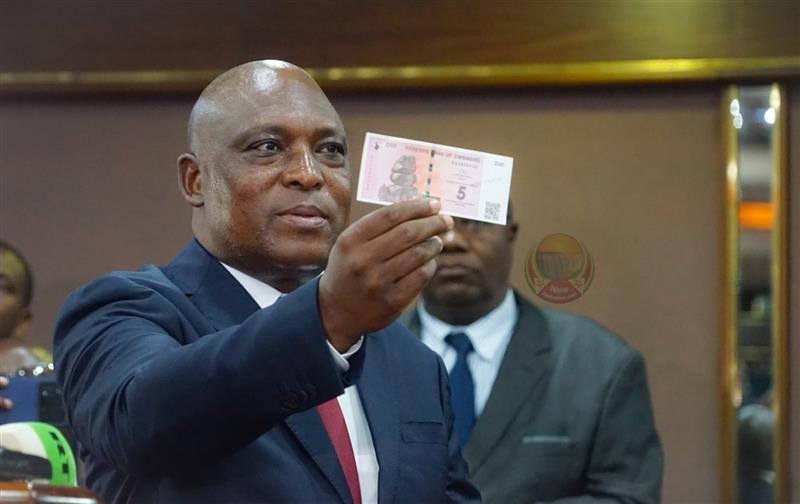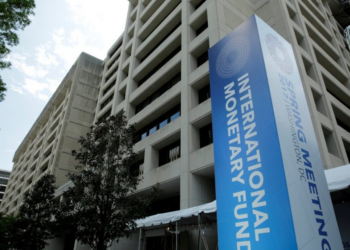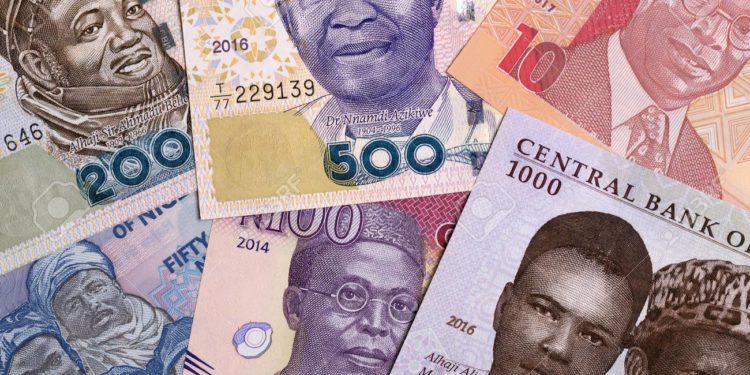As digital finance sweeps across the globe, Africa is not being left behind.
Currently, African countries are actively researching, piloting, or rolling out Central Bank Digital Currencies (CBDCs), a testament to the continent’s growing commitment to fintech innovation and financial inclusion.
CBDCs are government-issued digital versions of national currencies, secured, traceable, and issued directly by central banks. Unlike cryptocurrencies, they are legal tender and function alongside traditional cash.
As African central banks explore this next frontier, they aim to close financial inclusion gaps, streamline cross-border payments, and modernize monetary systems.
But rolling out a CBDC in Africa isn’t just about tech; it’s about navigating fragmented infrastructure, regulatory complexity, and diverse digital literacy levels.
Below is a rundown of ten African countries making major strides in digital currency exploration as of 2025.

In an innovative twist, Zimbabwe launched ZiG, a gold-backed CBDC designed to combat hyperinflation and restore trust in its monetary system.
Linked to physical gold reserves held by the Reserve Bank of Zimbabwe (RBZ), the ZiG is now a legal payment method, usable via electronic wallets and cards. A 2022 survey found 72% of Zimbabweans were open to using a CBDC, paving the way for strong uptake.
The introduction of ZiG is a response to the high levels of inflation and the widespread distrust in the Zimbabwean dollar. The Reserve Bank of Zimbabwe (RBZ) is working on the technical infrastructure to support the ZiG, including dedicated accounts for ZiG within the banking system.
Conclusion
Africa’s growing CBDC momentum reflects a blend of ambition and urgency. Governments are seeking to modernize their economies, expand inclusion, and secure financial sovereignty.
Each country’s approach varies, but the shared goal is clear: a resilient and inclusive digital financial future, made in Africa.





















